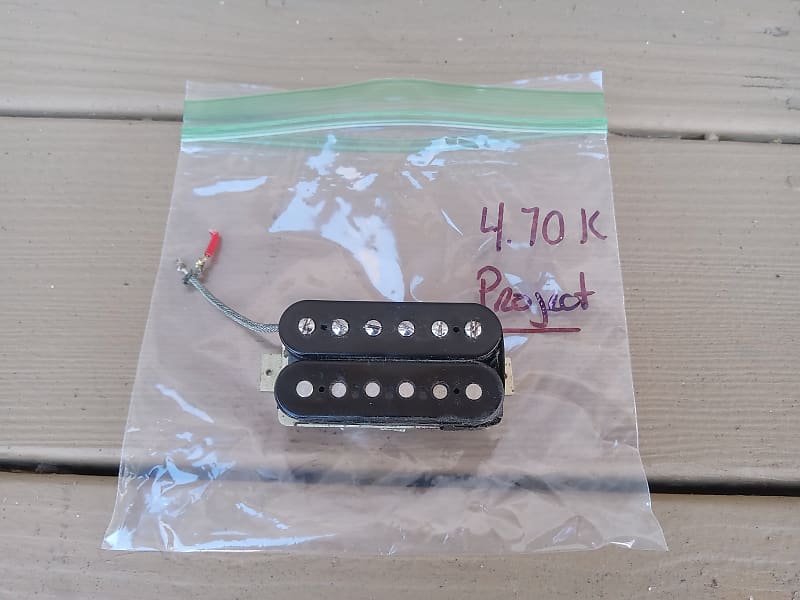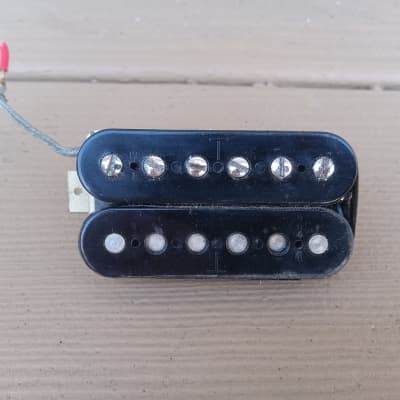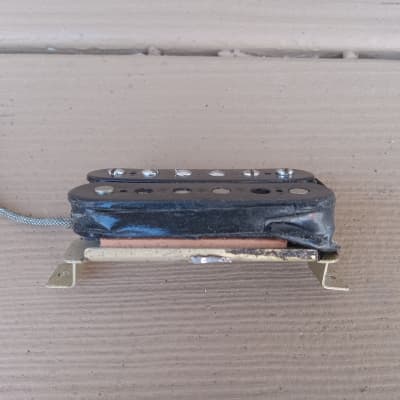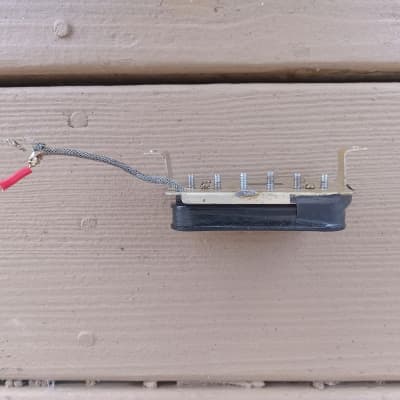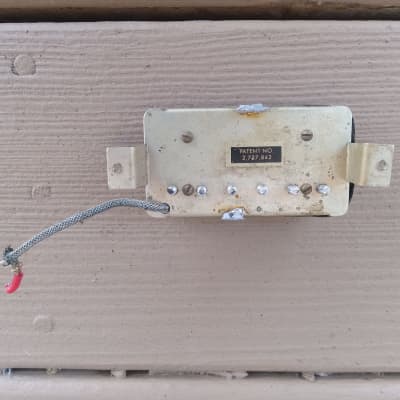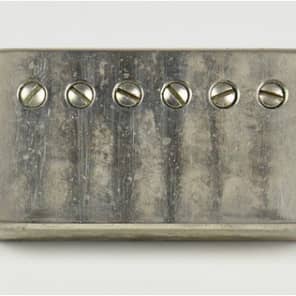Up for sale is this vintage 1960's Gibson patent sticker t-top electric guitar humbucker pickup. This original part is in fair condition for its age, but does show wear from many years of use. It has just been tested and measures 4.70K on our meter and sounded weak in the guitar, indicating a problem. Some of the pole pieces have sunken into the bobbin (pictured) and the legs are bent (pictured). This one is priced around half of a nice working example, so don't miss out!
Please be sure to check out our other listings for more great items!
THE FINE PRINT: Most of our items are used/vintage. That being said, all sales are FINAL and we do not offer returns. We only ship within the US. We do NOT make exceptions to this rule. We do not accept online trades. Please check our feedback and buy with confidence. If you have any questions, feel free to contact us
